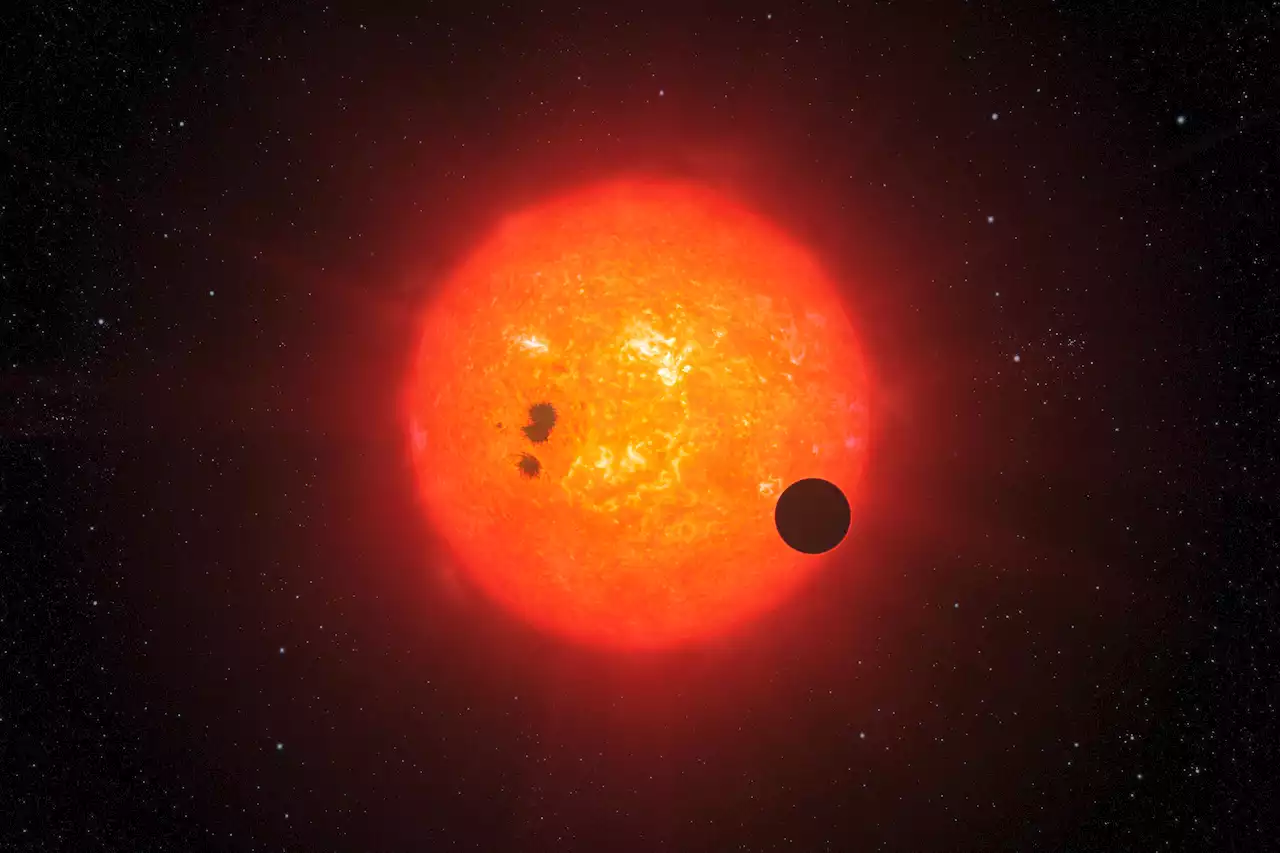Astronomers say James Webb has helped them learn more about a mysterious planet that continues to baffle scientists.
, Webb’s recent observations of a mysterious planet discovered in 2009 have finally helped us learn more about it, completely changing what astronomers thought about the planet.
Almost 50 light-years away, a small mini-Neptune planet, which is larger than our Earth, but smaller than any of the ice or gas giants found in our solar system, rests. This planet was discovered in 2009 and is known as GJ 1214b. While this planet has been a bit of a mystery, scientists do know that these so-called mini-Neptunes are some of the most common planets in the universe.
However, there aren’t any planets like this in our solar system. The belief here is that GJ 1214b is home to water. Whether that is liquid water, making it an ocean world, or just vapor water is unclear. However, recent Webb observations of this mysterious planet have helped scientists paint a better picture of what we’re working with.First, this planet is extremely shiny when observed through space telescopes like James Webb.
The big enigma here, though, is whether or not this mysterious planet is a masterclass of what the other planets in this group should be like. Are the rest of these mini-Neptunes colder than expected? Could they be home to water vapor and methane like this one, making them less like Neptune than originally believed? Those are questions that astronomers are hoping to answer as they dig deeper into this planet.
For now, though, Webb’s observations of this mysterious planet have at least helped us answer one question about it. It isn’t as hot as we expected and it could completely change how we view this class of planets going forward. This, of course, isn’t the first time
United States Latest News, United States Headlines
Similar News:You can also read news stories similar to this one that we have collected from other news sources.
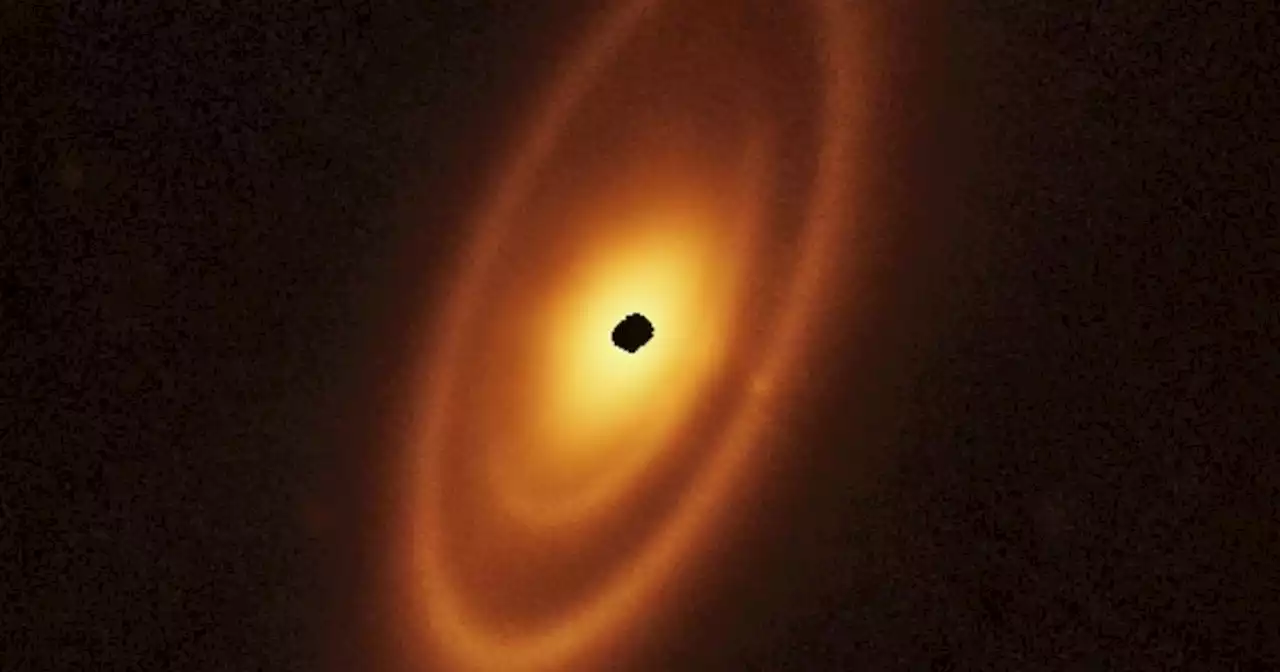 James Webb gets stunning view of a far-off planetary system | Digital TrendsAs well peering back at the earliest galaxies in the universe, the James Webb Space Telescope is also letting astronomers learn more about how planets form.
James Webb gets stunning view of a far-off planetary system | Digital TrendsAs well peering back at the earliest galaxies in the universe, the James Webb Space Telescope is also letting astronomers learn more about how planets form.
Read more »
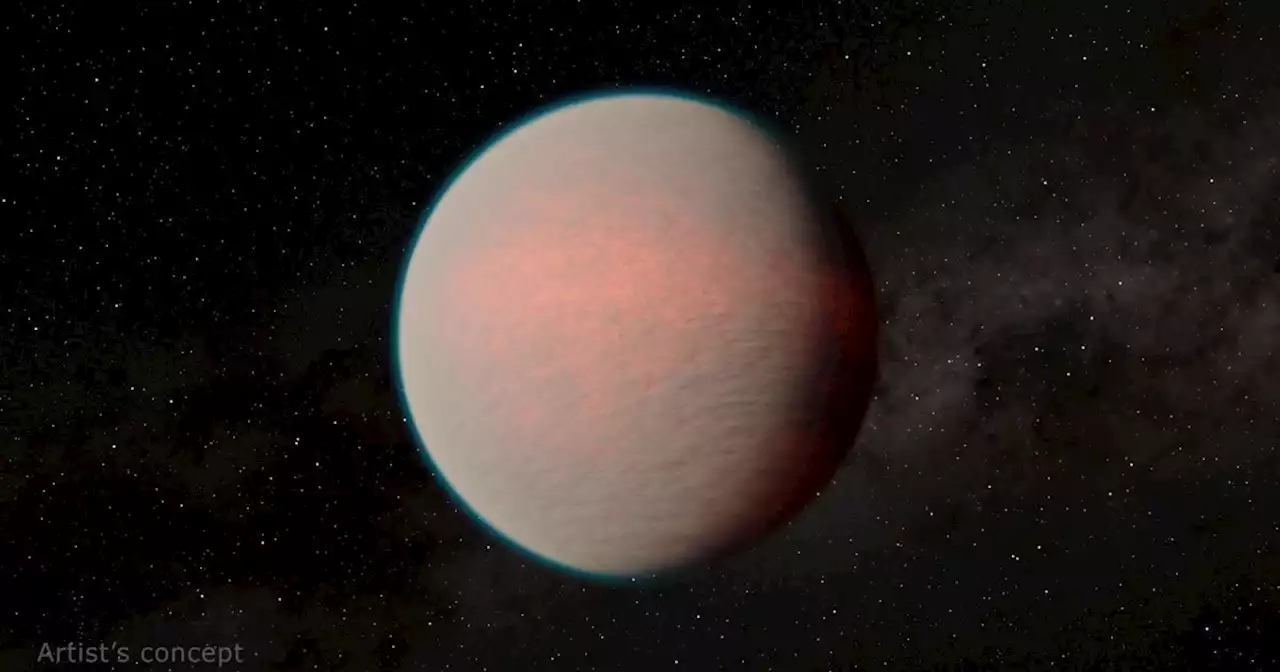 James Webb views the white whale of exoplanet research | Digital TrendsLocated 50 light-years away, the planet GJ 1214 b has defied 15 years of attempted observations due to its hazy nature.
James Webb views the white whale of exoplanet research | Digital TrendsLocated 50 light-years away, the planet GJ 1214 b has defied 15 years of attempted observations due to its hazy nature.
Read more »
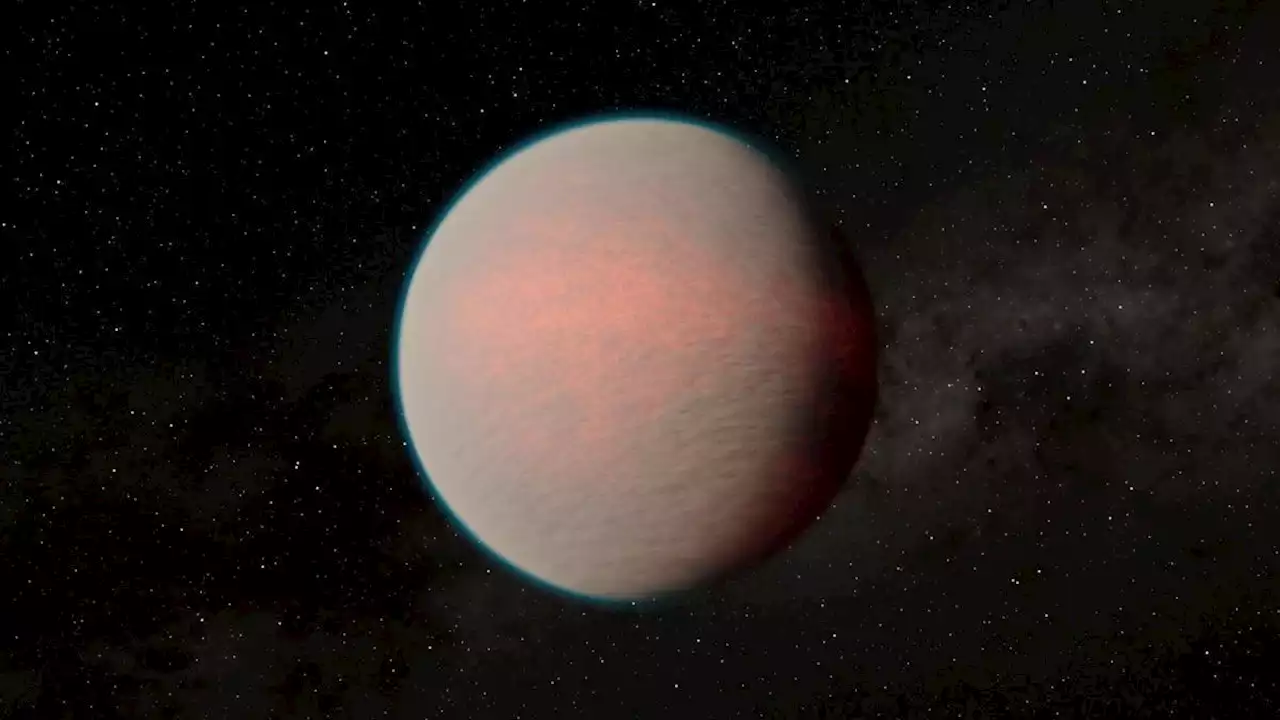 James Webb Space Telescope studies mysterious exoplanet with a possible watery pastThe 'mini-Neptune' exoplanet found 48 light-years away doesn't resemble anything in our own solar system.
James Webb Space Telescope studies mysterious exoplanet with a possible watery pastThe 'mini-Neptune' exoplanet found 48 light-years away doesn't resemble anything in our own solar system.
Read more »
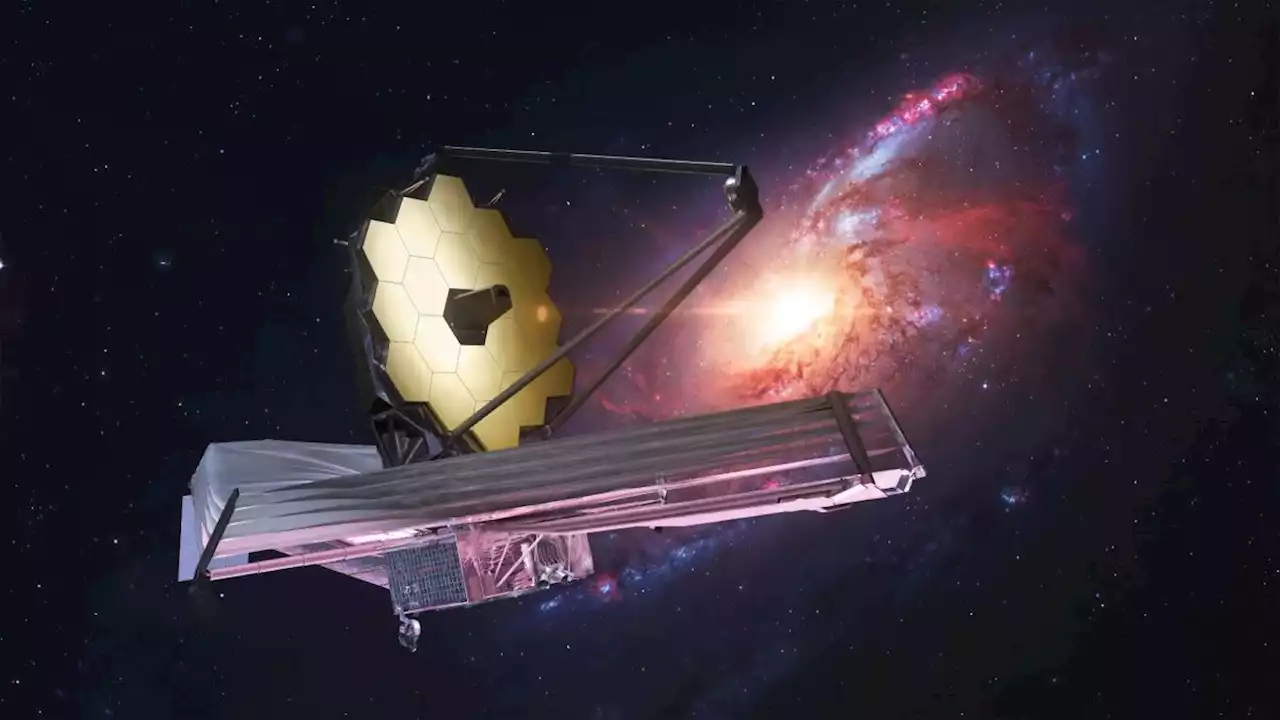 James Webb Space Telescope catches ancient galaxy in the act of explosive star birthThe galaxy is one of the earliest active star-forming galaxies studied in detail by astronomers.
James Webb Space Telescope catches ancient galaxy in the act of explosive star birthThe galaxy is one of the earliest active star-forming galaxies studied in detail by astronomers.
Read more »
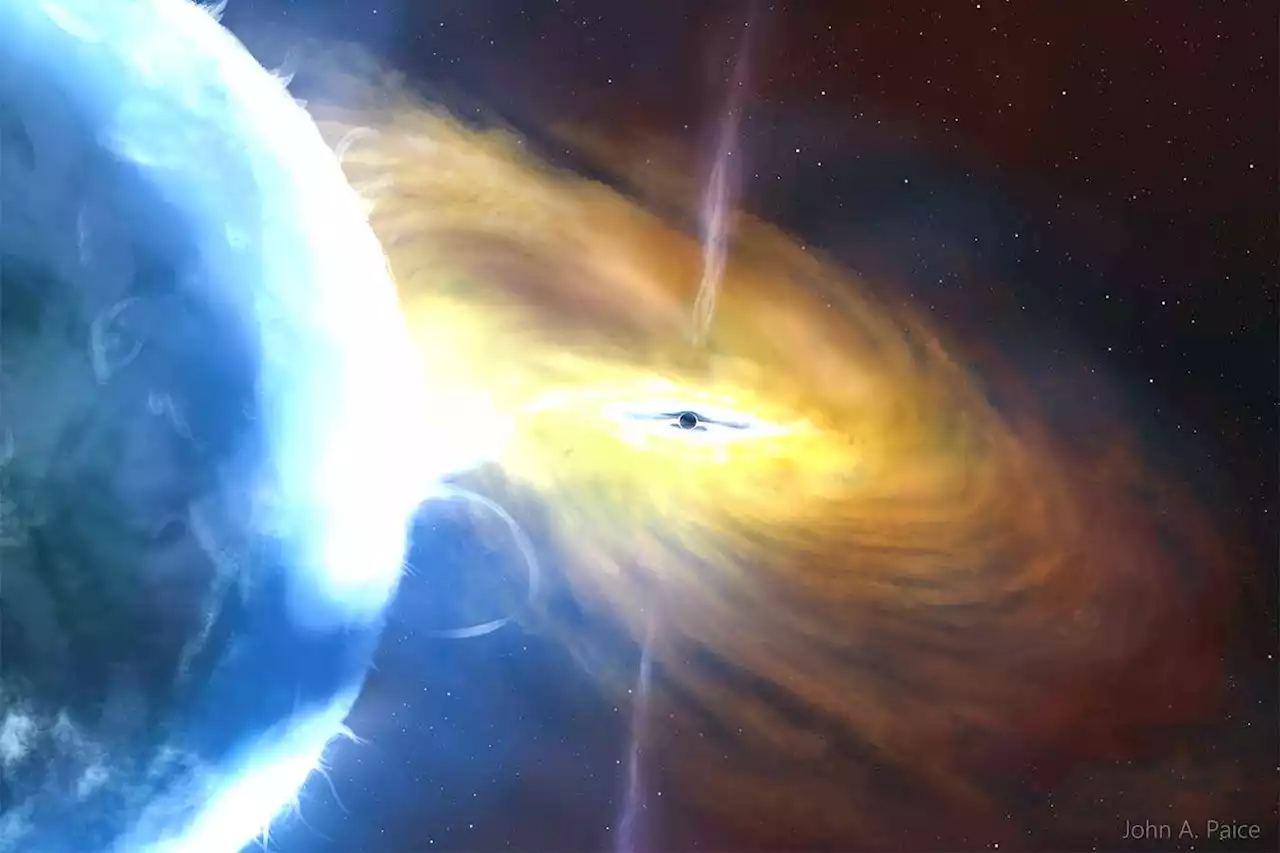 Astronomers have spotted the biggest cosmic explosion ever seenThe most powerful explosion ever seen seems to come from a supermassive black hole devouring a colossal cloud of gas, blasting out enormous amounts of energy as it eats
Astronomers have spotted the biggest cosmic explosion ever seenThe most powerful explosion ever seen seems to come from a supermassive black hole devouring a colossal cloud of gas, blasting out enormous amounts of energy as it eats
Read more »
